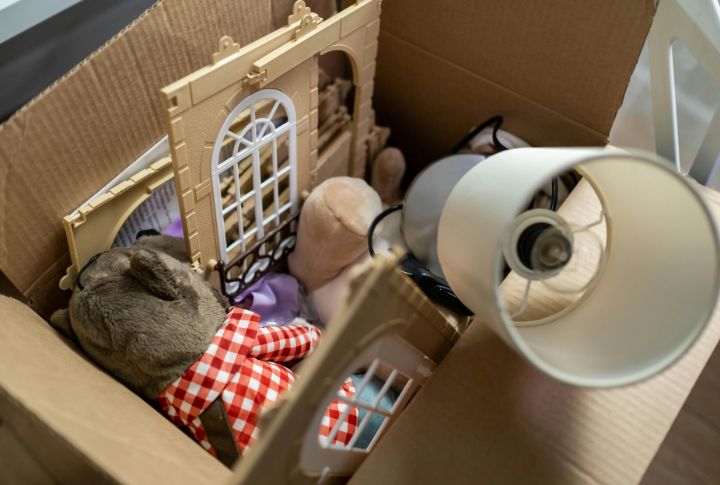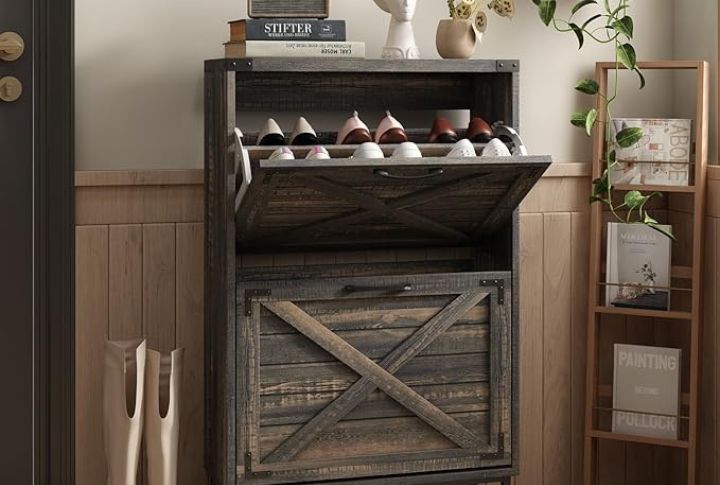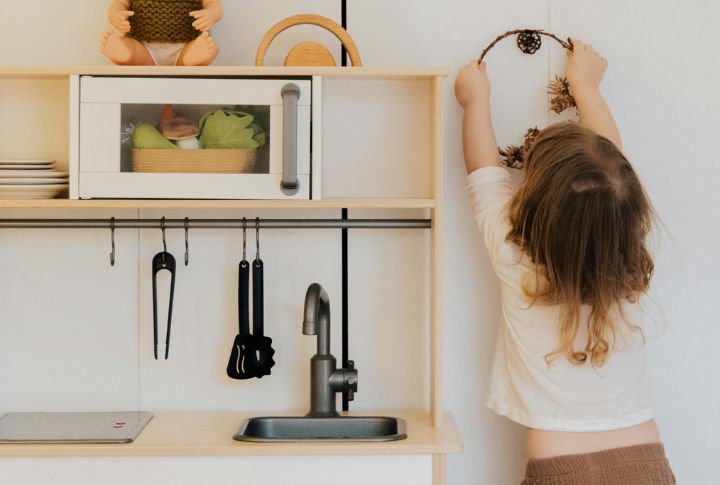
Kids and chaos seem to go hand in hand. One minute, their room is spotless; the next, it looks like a toy factory exploded. Keeping them organized is about helping them build habits that make life smoother for everyone. With a few clever tricks, even the most scatterbrained little tornado can learn to keep things in order. So, here are ten simple, effective ways to make organization a part of their everyday routine—without the endless nagging.
The “Everything Has A Home” Rule

Kids are more likely to leave things lying around when they don’t have a clear idea of where those things belong. That’s why the “Everything Has a Home” rule is a game-changer. Set up designated spaces for toys, books, school supplies, and clothes. Reinforce this habit by encouraging a daily “reset” where kids put everything back in its home before bedtime.
Go For Color Coding

Assign a color to each child or category to eliminate confusion and make tidying up effortless. For instance, if you have multiple kids, each one gets their own color-coded toothbrush, towel, and storage bin. Kids respond well to visual cues, and a color-coded system decreases the need for constant reminders.
Create A To-Do List

Kids have a lot to remember—homework, chores, morning routines, and after-school activities. Instead of relying on verbal reminders (or, let’s be honest, nagging), give them a checklist to keep them on track. A visual morning routine chart with tasks can make getting ready smoother. When kids feel in control of their own tasks, they’re more likely to follow through.
The “Two-Minute Tidy” Hack

Cleaning doesn’t have to feel overwhelming. Set a timer for two minutes and challenge them to put away as many things as possible before the buzzer goes off. This approach turns tidying into a quick and manageable task rather than an exhausting chore. Plus, it’s a simple way to stay on top of messes without getting bogged down.
A Weekly “Declutter & Donate” Day

Kids accumulate a lot of stuff. A weekly decluttering routine helps them recognize what they actually use and what’s just taking up space. Set up a “keep” and “donate” bin, and encourage kids to go through their things once a week to decide what they no longer need. Make it a positive experience by letting them pick out a favorite toy to donate to another child.
Use Storage That Grows With Them

A child’s storage needs change as they grow, so investing in flexible organization solutions can make a big difference. Low shelves and open bins work well for younger kids since they can easily access their things. Storage that adapts with them also encourages independence—when kids can easily reach and put away their items, they’re more likely to stay organized.
The “One In, One Out” Rule

The easiest way to prevent clutter from taking over is to establish a simple rule: for every new item that enters the house, one old item must go. If your child gets a new toy, they choose an older one to discard. If they get new clothes, they sort through their dresser and remove something that no longer fits. This practice keeps their belongings manageable.
Set Up A Drop Zone Near The Door

One of the biggest sources of daily chaos? Kids coming home and tossing their shoes, backpacks, and jackets wherever they land. To avoid the daily clutter pile, create a simple “drop zone” near the entrance. Bonus: it also makes getting out the door in the morning a whole lot easier since everything they need is already in one place.
Let Kids Personalize

Kids are more likely to stay organized when they feel a sense of ownership over their space and belongings. Allow them to pick out their own storage bins or decorate labels. If they’re involved in setting up their organization system, they’ll be more invested in maintaining it. For example, let them design their own homework station with stickers or a special chair they love.
Make Organization A Game

Let’s be real—kids don’t love being told what to do. But if you turn organizing into a game? That’s a different story. Have a “treasure hunt” where they put lost items back in their place. You can also assign points or small rewards for completing organizational tasks without being asked. The more fun and engaging the process, the more likely kids are to participate willingly.

Comments
Loading…